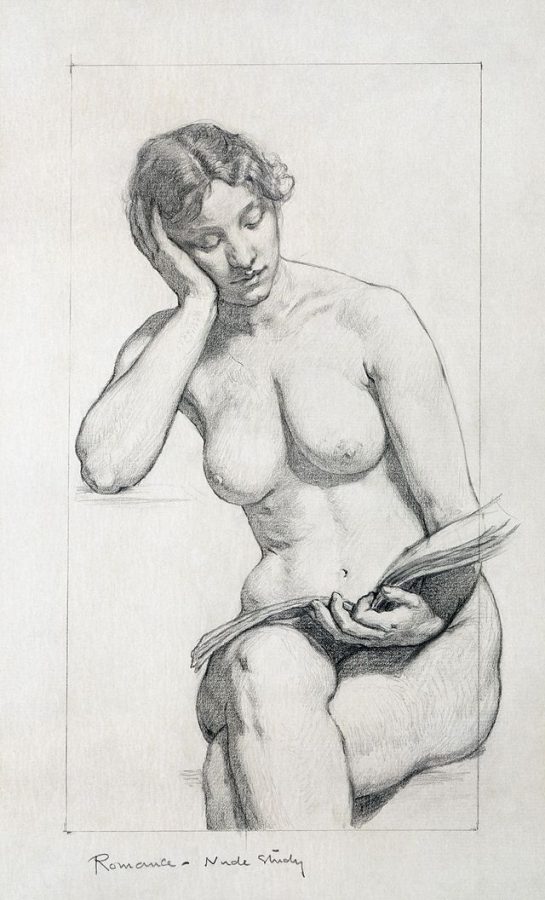“Stars at Noon,” the latest film from French auteur Claire Denis, is a member of a dying breed. Steeped in sexual intrigue and white-knuckle tension, the film is unequivocally an erotic thriller.
In the 1980s and ‘90s, erotic thrillers were a mainstay of the box office. Hits like “American Gigolo,” “Fatal Attraction” and “Wild Things” drew audiences in with the promise of provocative action. In recent years, the subgenre has all but died off, only showing up in literary adaptations or premium cable TV series.
While having all the trappings of an erotic thriller, the film is far more stripped-down than its predecessors. Denis, the director, is known for her poetic filmmaking style, favoring methodical plots and wandering camerawork. It’s a surprisingly effective match for the story, making for a heated and engaging film experience.
Based on the novel by Denis Johnson, the film follows American journalist Trish Johnson, played by Margaret Qualley, as she attempts to flee a politically volatile Nicaragua amidst the coronavirus pandemic. When she meets Daniel DeHaven, a mysterious English businessman played by Joe Alwyn, she sees him as her ticket out. Their increasingly passionate relationship, however, only further complicates her escape.
Watching “Stars at Noon” feels like you’re being told a long-held personal secret. The film has no preoccupation with looking cool or slick. We see the streets of Nicaragua in its rawest form, often dilapidated and patrolled by bands of armed soldiers. Even the sex scenes between Trish and Daniel have an unpolished passion to them. Don’t expect to see the atmospheric mood lighting or coy visual metaphors typical of Hollywood romances. Each character is in a place of desperation, and their connection here is born from that. They ferociously cling to each other in the hopes that this period of loneliness is finally over.
Instead of the typically icy femme fatale, Qualley plays Trish as someone who is understandably on high alert. While stranded in Nicaragua with no press card and an expired passport, she’s turned to prostitution to make the payments her shabby motel requires. One of the city’s sub-lieutenants constantly hounds her for sex, following her everywhere she goes. She’s trapped in more ways than one, but Qualley imbues her with an enterprising confidence that allows her to talk her way out of several dangerous situations.
There is a tendency in modern filmmaking to smooth out or avoid female characters’ flaws to create the archetypal “strong female character.” Trish, while strong-willed, is shown to have some self-destructive tendencies as well. In showing her flaws alongside her strengths, Denis ends up creating a far more realistic and moving portrait of this woman. It displays the unavoidable truth that our flaws are inextricably linked to our strengths.
Set during a Nicaraguan summer, the film exudes a hazy tension. Denis and her cinematographer, Éric Gautier, change between wide, static shots of the streets, allowing us to take in the languid action of the city, and slow-moving handheld camerawork, mimicking the feeling of wading through humidity. Each scene has its own temperature, making us sweat out of desperation or chill in the luxurious air conditioning of an upper-class hotel room. It’s a testament to Denis’ power as a filmmaker, creating a highly specific range of environments that tell us something that more straightforward audiovisual storytelling could not.
Any story about white characters in Nicaragua is bound to raise some questions concerning representation. While Trish and Daniel are certainly at the center of this story, they are explicitly on the outside of this country. Both characters represent a role that people from “First World” countries often play. “Stars at Noon” is in conversation with the delusions of whiteness. Trish is a curious but short-sighted journalist who thought she could find success by inserting herself into a complicated political landscape. Daniel is a businessman, who was brought to Nicaragua to make deals with local farmers, ultimately to exploit their work and return to the United Kingdom richer than before. Even with semi-decent intentions, the two expect the locals to be at their mercy. It is only after they have been stripped of all status that they can begin to understand their own place amidst a country with thousands of years of complex history.
“Stars at Noon” shows much of what Claire Denis does best. It allows us a very intimate look into its characters, questions the impact of colonialism and looks beautiful enough to be hypnotic. Though its intensity may not be for everyone, the film’s ability to be about many seemingly disparate elements makes for a fascinating watch.
Thomas Machacz can be reached at [email protected].



















